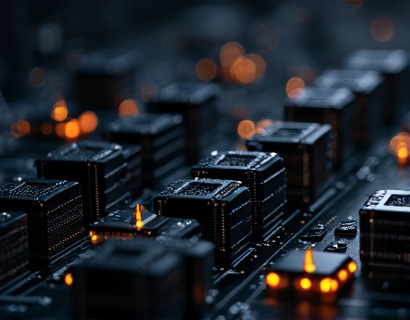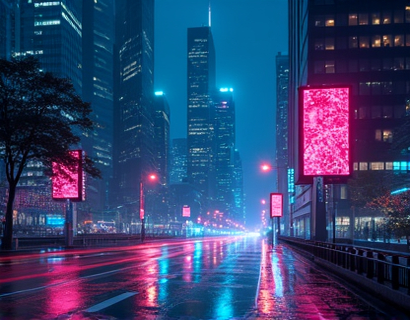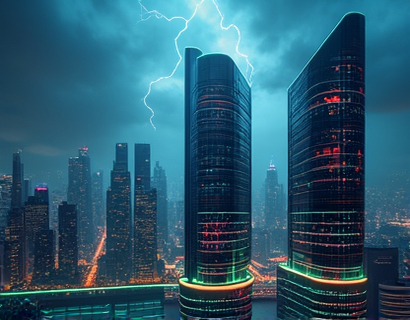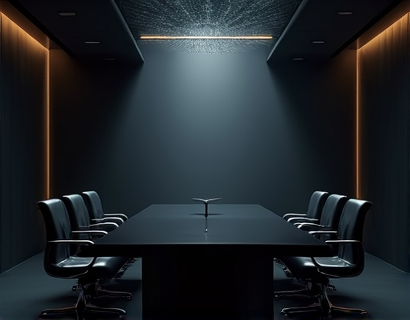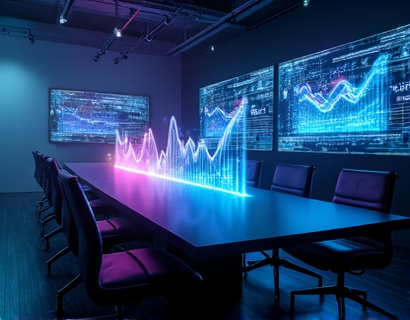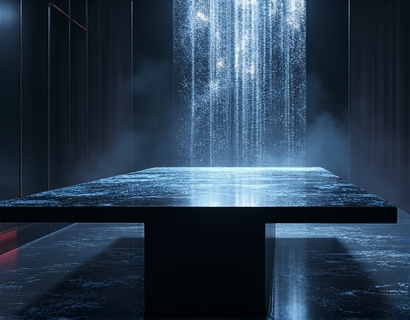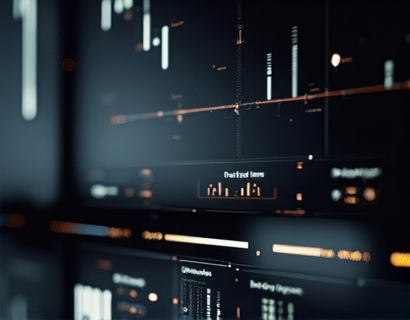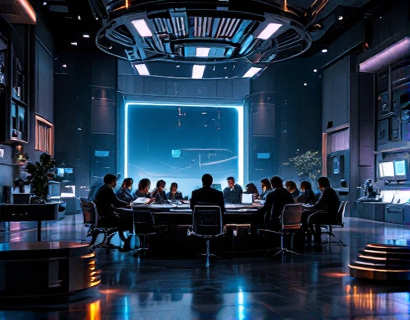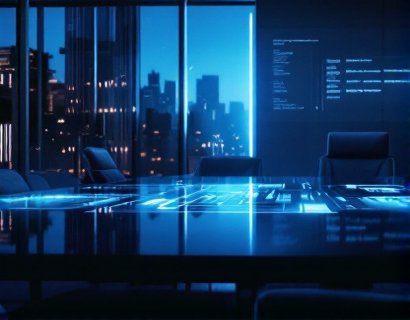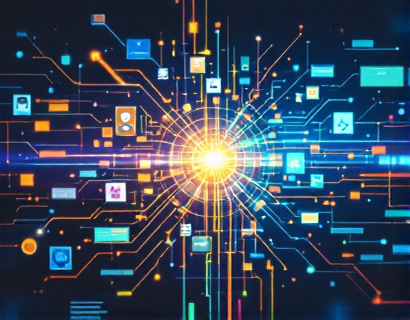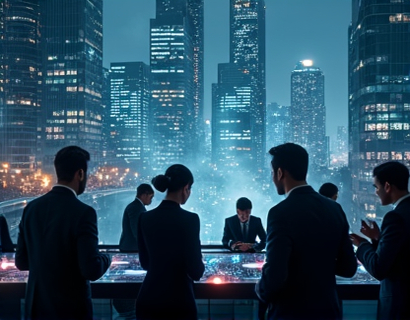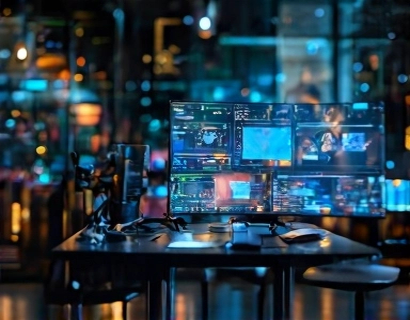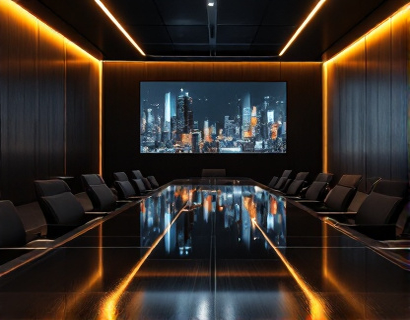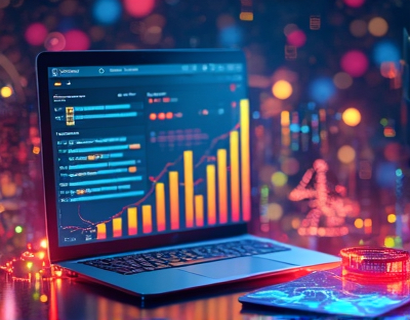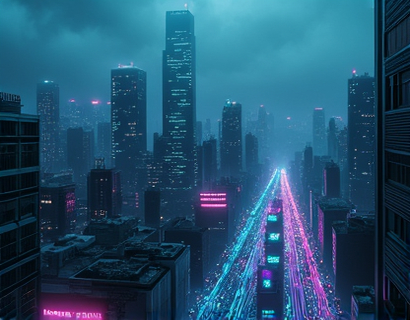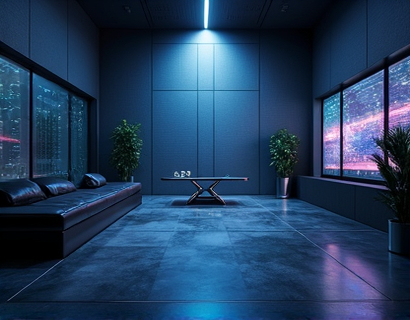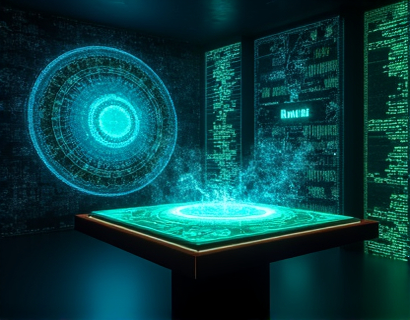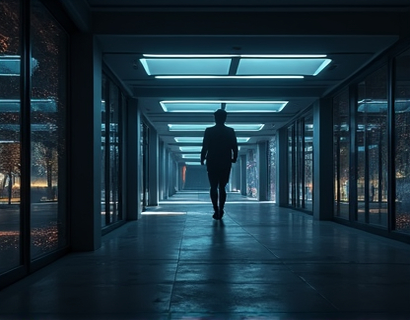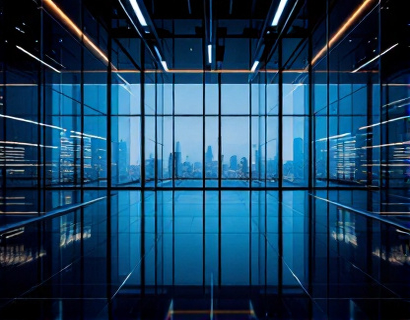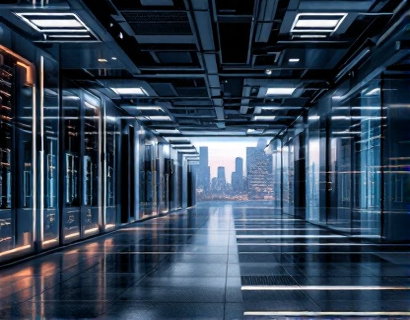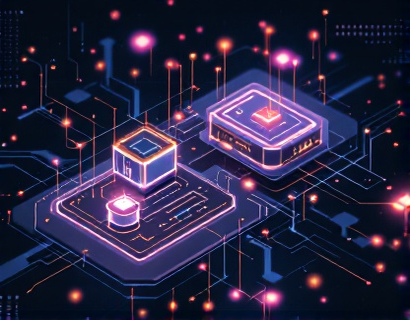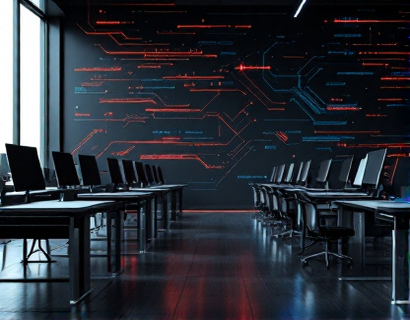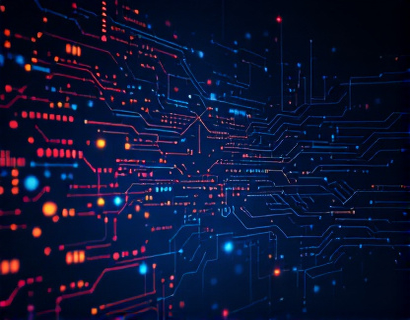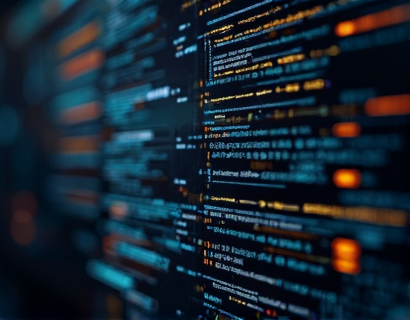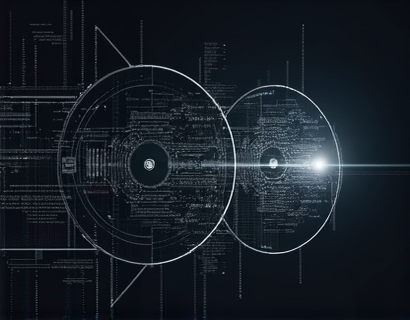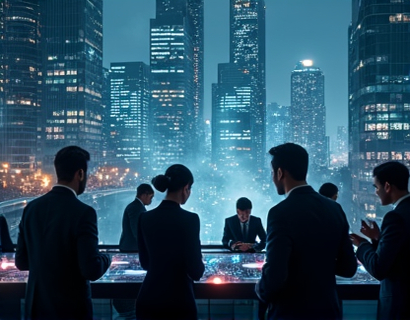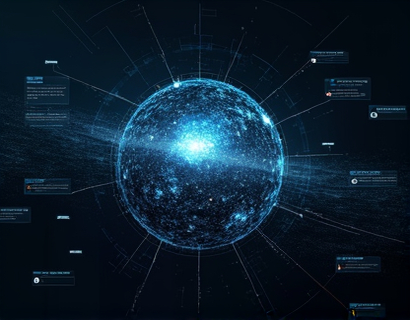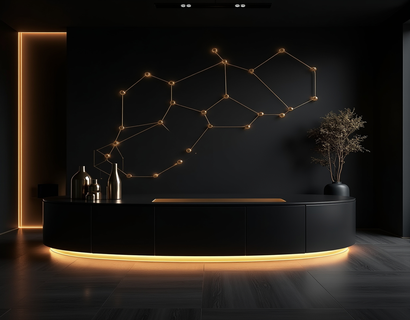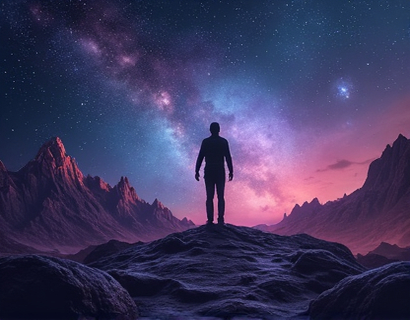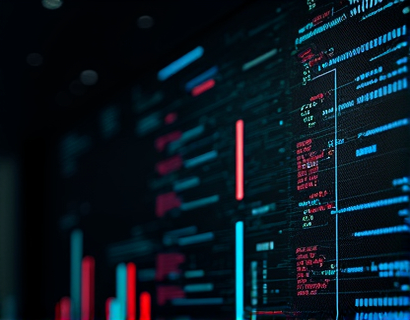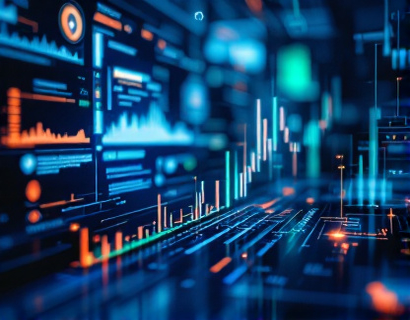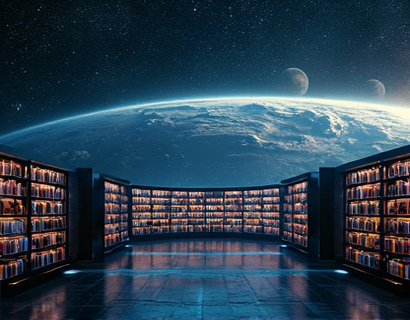AI-Powered Graphic Creation: Revolutionizing Visual Design Accessibility for All
The advent of AI-powered graphic creation tools is transforming the landscape of visual design, making it more accessible and user-friendly than ever before. These innovative platforms leverage advanced algorithms and machine learning to convert creative ideas into professional-quality graphics with unprecedented ease. This shift is democratizing graphic design, allowing a broader audience to engage in visual content creation, from amateur hobbyists to seasoned professionals.
Traditionally, graphic design has been a specialized field requiring extensive training, expensive software, and a keen eye for aesthetics. The barrier to entry was high, limiting participation to those with formal education or significant experience. However, with the integration of AI into graphic creation tools, this barrier is being lowered, enabling anyone with an internet connection and a creative idea to produce high-quality visuals.
One of the key advantages of AI-powered graphic creation is its ability to simplify complex design processes. Users can input text, select themes, and choose design elements, and the AI will generate visually appealing graphics in a matter of seconds. This streamlined approach not only saves time but also reduces the learning curve associated with traditional design software. As a result, individuals who might have otherwise avoided graphic design due to complexity can now express their creativity and enhance their content with professional-looking visuals.
The impact of AI on graphic design extends beyond individual users to businesses and organizations of all sizes. Small business owners, marketers, and social media managers can now create engaging visual content without the need for a dedicated designer. This capability is particularly valuable for startups and small businesses with limited budgets, as it allows them to produce high-quality marketing materials, website graphics, and social media posts efficiently and cost-effectively.
For content creators, the ability to quickly generate visual content is a game-changer. Bloggers, vloggers, and podcasters can enhance their online presence by adding eye-catching images and infographics to their posts. This not only improves engagement but also helps in storytelling, making their content more compelling and shareable. The ease of use and rapid production times mean that creators can focus more on content quality rather than spending hours on design.
Educators and non-profit organizations also stand to benefit significantly from AI-powered graphic creation tools. These groups often have limited resources but a strong need for visual content to communicate their messages effectively. With these tools, they can create informative posters, educational infographics, and promotional materials that resonate with their audiences. The ability to produce high-quality visuals quickly and easily can amplify their outreach and impact.
Moreover, the versatility of AI-powered graphic creation tools means they can cater to a wide range of industries and applications. From e-commerce product images to architectural renderings, the possibilities are vast. The technology can adapt to different styles and requirements, ensuring that the generated graphics align with the user's vision and brand identity. This flexibility makes it an invaluable resource for professionals across various fields.
The underlying technology driving these tools is rooted in deep learning and neural networks. These AI models are trained on massive datasets of design elements, styles, and layouts, enabling them to understand and replicate complex design principles. When a user inputs parameters or themes, the AI analyzes these inputs and generates graphics that are not only aesthetically pleasing but also contextually relevant. The continuous learning and improvement of these models ensure that the quality and variety of generated graphics keep advancing.
Another significant advantage of AI-powered graphic creation is its accessibility. These tools are designed to be user-friendly, with intuitive interfaces that require minimal technical knowledge. Users can navigate through options, make adjustments, and preview results in real-time. This ease of use means that even those without a design background can produce professional-grade graphics, fostering a more inclusive creative environment.
Furthermore, the integration of AI in graphic creation tools often includes features like template customization, color scheme suggestions, and element placement automation. These features guide users through the design process, providing suggestions and options that enhance the final output. This guidance is particularly helpful for beginners who may struggle with design principles but can still produce impressive results with the aid of AI.
The impact on the creative industry is profound. Traditional designers and graphic studios are not being replaced but rather complemented by these AI tools. Professionals can leverage these technologies to augment their workflows, handling more projects efficiently and exploring new creative avenues. The collaboration between human creativity and AI-driven design is paving the way for innovative and high-quality visual content.
For marketers, the ability to generate consistent and engaging visual content is crucial for maintaining brand presence and customer engagement. AI-powered tools can help create a cohesive visual strategy by ensuring that all graphics align with the brand's aesthetic and messaging. This consistency is key to building brand recognition and trust among consumers.
In the realm of social media, where visual content is king, these tools offer a competitive edge. Platforms like Instagram, Facebook, and Twitter are highly visual, and posts with compelling graphics tend to perform better. AI-powered graphic creation allows users to produce eye-catching images and videos that can significantly boost engagement rates. Whether it's a promotional post, a campaign teaser, or a community update, high-quality visuals can make a substantial difference.
The environmental impact of digital design is another area where AI-powered tools shine. Traditional design processes often involve physical prototypes, printing, and shipping, contributing to waste and carbon emissions. Digital tools reduce the need for physical materials, making the design process more sustainable. Additionally, the ability to quickly iterate and refine designs digitally minimizes resource wastage and accelerates the creative process.
As the technology continues to evolve, we can expect even more sophisticated features and integrations. For instance, voice-controlled design, augmented reality previews, and real-time collaboration tools are on the horizon. These advancements will further enhance the user experience and expand the capabilities of AI-powered graphic creation, making it an indispensable tool for creators of all levels.
In conclusion, AI-powered graphic creation is revolutionizing the field of visual design by making it more accessible, efficient, and inclusive. By leveraging cutting-edge technology, these tools empower a diverse range of users to produce professional-quality graphics with ease. Whether you're a seasoned designer, a small business owner, or a creative hobbyist, the potential to enhance your visual content is now within reach. As the technology continues to advance, the future of graphic design looks brighter and more democratized than ever before.



